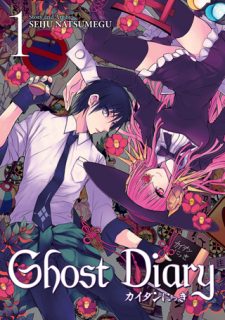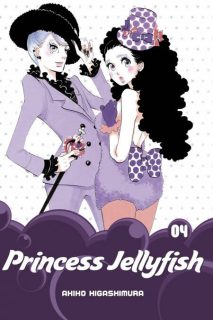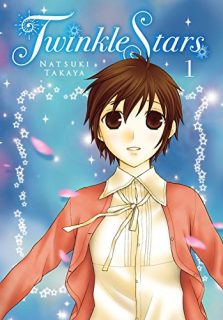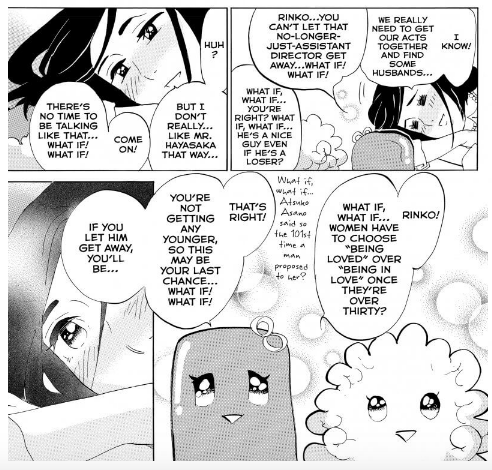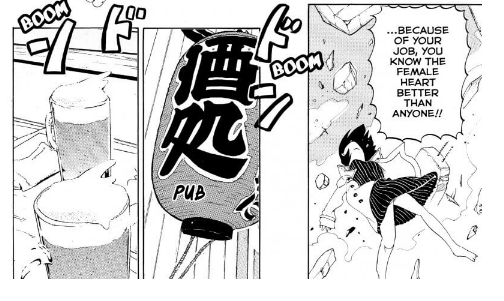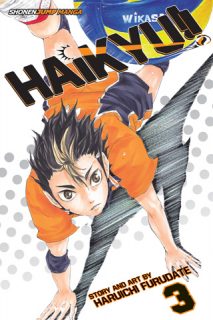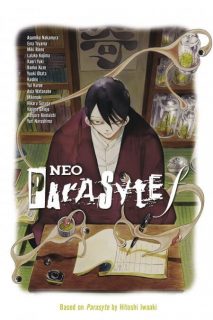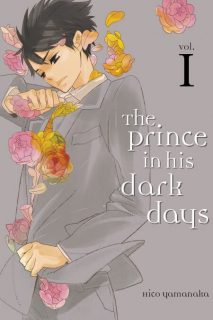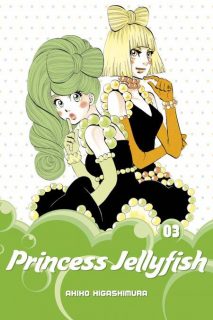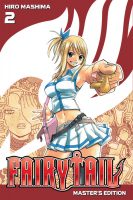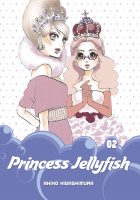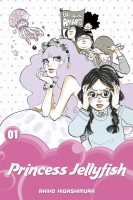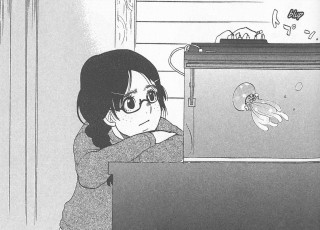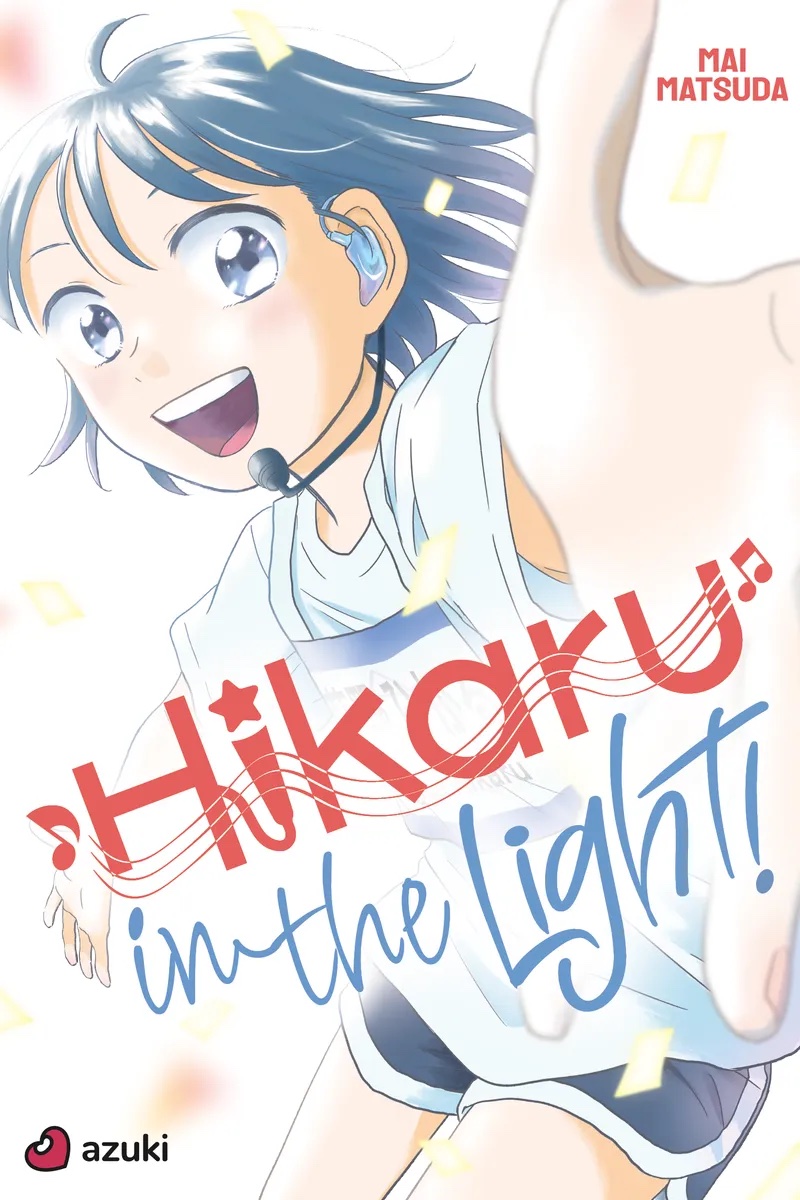 Do you know about Azuki? This year-old company is working hard to make it easy for you to read your favorite manga on a phone, tablet, or laptop. Founded by a quartet of manga enthusiasts, Azuki currently offers a variety of titles from Kodansha as well as smaller publishers such as Glacier Bay Books, Kaiten Books, Star Fruit Books, and SOZO Comics. Best of all, it’s free to get started; all you need is a little patience with pop-up advertisements. Folks who want ad-free, unlimited access to Azuki’s growing library can sign up for a monthly membership that costs about the same as a grande Frappucino.
Do you know about Azuki? This year-old company is working hard to make it easy for you to read your favorite manga on a phone, tablet, or laptop. Founded by a quartet of manga enthusiasts, Azuki currently offers a variety of titles from Kodansha as well as smaller publishers such as Glacier Bay Books, Kaiten Books, Star Fruit Books, and SOZO Comics. Best of all, it’s free to get started; all you need is a little patience with pop-up advertisements. Folks who want ad-free, unlimited access to Azuki’s growing library can sign up for a monthly membership that costs about the same as a grande Frappucino.
Wondering what to read? I highly recommend Pop Life, a short series about two single mothers who create their own blended family. In a 2020 review, Morgana Santilli praised Pop Life for being a “gentle, down-to-earth manga, happy and meandering. It takes women thrown into a difficult situation, one that is likely a blow to their self-confidence and ideas of self-sufficiency, and proves that they can overcome hardship by helping each other.” For younger readers, Hikaru in the Light! is great choice, offering tweens a first-hand look at what it takes to become an idol. The series is refreshingly honest about how cutthroat the music industry is, and how much hard, unglamorous work goes into being a popular entertainer. Hikaru is a little too tame for the 13+ set—how ya gonna keep ’em down on the farm when they’ve read Hot Gimmick?—but for kids in grades 5-7, it’s just right. (Special thanks to Azuki for sending me a review copy!)
NEWS
Love Hina creator Ken Akamatsu will be joining Japan’s House of Councillors (the upper chamber of the Japanese Diet) this summer. Akamatsu has been an outspoken critic of proposed changes to Japanese copyright law, as well as a critic of various anti-pornography measures. [Anime News Network]
ICv2 just published its quarterly list of the Top Manga Franchises. Not surprisingly, Demon Slayer, Chainsaw Man, and Spy x Family made the cut, as did perennial favorites Attack on Titan and My Hero Academia. [ICv2]
At its Anime Expo panel, Yen Press unveiled an extensive list of new acquisitions including Your Forma, Kakifly, Honey Lemon Soda, and Doomsday with My Dog. [Yen Press]
In other licensing news, Azuki announced that it would be adding three new titles to its catalog: Turning the Tables on the Seatmate Killer!, a romantic comedy; My Dear Detective: Mitsuko’s Case Files, a Taisho-era mystery; and Invisible Parade, a short-story collection by MISSISSIPPI. [Azuki]
Jennifer De Guzman offers an in-depth look at Tuttle Publishing’s efforts to bring Filipino komiks to American readers. Over the next four months, Tuttle will publish seven graphic novels by Filipino creators, from Arnold Arre’s The Mythology Class, “a foundational work of contemporary Filipino comics ,” to The Lost Journal of Alejandro Pardo, a collaborative work that focuses on the “dark creatures of Phillipine mythology.” [Publishers Weekly]
FEATURES AND PODCASTS
Over at The Comics Journal, readers can preview the third volume of of Glaeolia, “a curated variety of compelling, stylistically varied, and completely self-contained (at least, so far) works, many from artists that have never before had their work read or published outside of Japan and their local small press scene… Glaeolia 3 contains stories reacting to very contemporary circumstances such as the early pandemic regulations and BLM protests or unexpected pregnancy, SF-tinged comics in uncertain worlds, surreal dramas about grief, coming of age, love, and beyond.” [The Comics Journal]
Also worth a look: Sean McTiernan’s lengthy essay on the weird beauty of Taiyo Matsumoto’s No. 5. [The Comics Journal]
Ashley and Dee discuss The Story of Saiunkoku, “a semi-supernatural, extremely feminist manga adaptation of a light novel series” set in a fictionalized version of Ming Dynasty China. [Shojo & Tell]
Elliot and Andy devote the latest episode of Screentone Club to Ciguatera and Sensei’s Pious Lie. [Screentone Club]
This week’s Mangasplaining podcast focuses on Hiroki Endo’s All-Rounder Meguru, a manga about two childhood friends who become bitter rivals in the world of mixed martial arts. [Mangasplaining]
REVIEWS
Manga Librarian Ashley Hawkins is pleasantly surprised by the first volume of Yashahime: Princess Half-Demon. “I expected this manga to be bad,” she notes. “But what this manga does is that it basically takes the character designs and essential threads of the show, and fixes a lot of the problems with the anime.” Writing for No Flying No Tights, fellow librarian Adam gives Samurai Deadpool mixed marks, observing that “this particular book makes a very odd choice: it takes an incredibly simple story that would be a great entry point for newer/younger readers and then adds just enough violent gore to make this book inaccessible to that age group.”
At Women Write About Comics, Masha Zhdanova posts brief reviews of Kaiju No. 8, My Love Mix-Up!, and Devil’s Candy, while the Beneath the Tangles crew weigh in on the latest volumes of Frieren: Beyond Journey’s End, Penguin & House, and A Silent Voice.
- The Apocathecary Diaries, Vol. 5 (Helen and Krystallina, The OASG)
- Beauty and the Feast, Vol. 3 (Krystallina, The OASG)
- Black Butler, Vol. 31 (Krystallina, The OASG)
- Catch These Hands!, Vol. 2 (Erica Friedman, Okazu)
- Don’t Toy With Me, Miss Nagatoro, Vol. 10 (King Baby Duck, Boston Bastard Brigade)
- The Great Jahy Will Not Be Defeated!, Vol. 3 (Demelza, Anime UK News)
- Hinowa ga CRUSH!, Vol. 6 (Richard Gutierrez, The Fandom Post)
- The Holy Grail of Eris, Vol. 1 (Krystallina, The OASG)
- I Want to Be a Wall, Vol. 1 (Library Girl, A Library Girl’s Familiar Diversions)
- Kubo Won’t Let Me Be Invisible, Vol. 2 (Jos Piedra, The Outerhaven)
- Lost Lad London, Vol. 1 (Rebecca Silverman, Anime News Network)
- Maniac Road (Megan D. The Manga Test Drive)
- Mieruku-chan, Vol. 5 (Justin, The OASG)
- MonsTABOO, Vol. 1 (Rebecca Silverman, Anime News Network)
- Murciélago, Vols. 18-19 (Erica Friedman, Okazu)
- The Music of Marie (Helen Chazan, The Comics Journal)
- The Music of Marie (Jeff Provine, Blog Critics)
- My Isekai Life: I Gained a Second Character Class and Became the Strongest Sage in the World!, Vol. 2 (Demelza, Anime UK News)
- My Next Life As a Villainess Side Story: Girls Patch (Erica Friedman, Okazu)
- Orient, Vol. 6 (Onosume, Anime UK News)
- Otaku Elf (Megan D., The Manga Test Drive)
- Soul Eater: Perfect Edition, Vol. 7 (Krystallina, The OASG)
- Talk To My Back (Ashley Hawkins, Manga Librarian)
- Talk to My Back (Jeff Provine, Blog Critics)
- Welcome Back, Alice, Vol. 2 (Demelza, Anime UK News)
- The Witch and the Beast, Vol. 8 (Sarah, Anime UK News)
- Yuri Espoir, Vol. 2 (Matt Marcus, Okazu)
